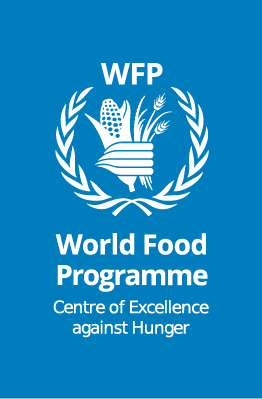The project, which will last for two years, foresees the exchange of successful experiences between Brazil and other countries to fight malnutrition and obesity at the same time

Did you know that there are 49.5 million children under the age of five across the globe are affected by low weight for their height (known as wasting)? And that, at the same time, approximately 40 million children in the same age group are overweight? This paradox of malnourished and overweight children in the same community is known as the double burden of malnutrition, which means the coexistence of micronutrient deficiencies and malnutrition, combined with overweight and obesity. These problems, in addition to negatively influencing people’s health and quality of life, are also linked to several diseases, in addition to bringing social and economic consequences to these children’s families and communities.
Considering this scenario, WFP Brazil – Centre of Excellence against Hunger, the Brazilian Cooperation Agency of the Ministry of Foreign Affairs (ABC/MRE) and the Ministry of Health, through the Food and Nutrition Coordination of the Department of Health Promotion (CGAN/MS), officially launched a partnership through the South-South Cooperation Project to Combat the Double Burden of Malnutrition in Schoolchildren. The project foresees the collaboration of the three institutions, and others that will be defined along the journey, in the production of evidence and exchange of successful experiences between Brazil and other countries that also face the problem.
The two-year partnership is divided into two main areas: strengthening the space for South-South cooperation and supporting the actions of the United Nations Decade of Action on Nutrition, which runs until 2025. The Decade of Action includes activities to improve nutrition in different sectors, mainly covering three of the Sustainable Development Goals (SDGs): SDG 2 (zero hunger), SDG 3 (health and well-being) and SDG 17 (partnerships and means of implementation).
The target audience of the project will be children from 5 to 10 years old. Among the planned products are the development of educational materials for children and support and training materials for government employees. Other actions also include preparing comparative analyses to create evidence on the multiple burden of malnutrition and obesity in the target audience of the countries involved, in addition to strengthening knowledge networks and participation in national and international seminars on the subject.





